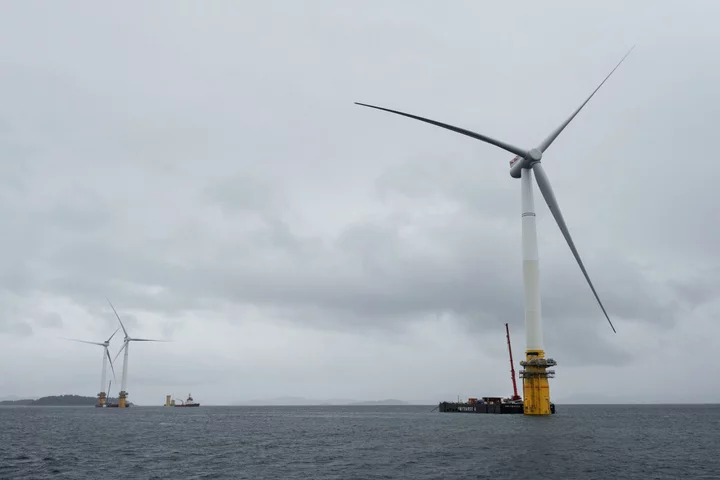Maine moved a step closer to becoming the East Coast’s first floating offshore wind location after lawmakers approved a bill paving the way for deep-water development.
The bill, approved Wednesday, includes pathways for utility companies to purchase wind power and for developers to build port infrastructure using local workers, a detail that prompted Governor Janet Mills’ veto last month. She is expected to sign the bill in the coming days.
The state has a goal to install 3 gigawatts of offshore wind energy by 2040, bringing Maine closer to its goal of powering its grid with 100% renewable energy by that year. The bill would help Maine contribute to the Biden administration’s target of deploying 15 gigawatts of floating offshore wind by 2035.
Read More: US Offshore Power Finally Has Wind in Its Sails
“This legislation is necessary to help ensure that appropriately sited and operated offshore wind development safely coexists with Gulf of Maine wildlife and the marine habitats they rely on,” Eliza Donoghue, Maine Audubon’s director of advocacy, said in a press release.
Geography in the Gulf of Maine would most likely require floating wind turbines because the ocean floor there may be too deep to install fixed-bottom structures, which are the norm along the rest of the East Coast. Floating technology is relatively nascent, with very few floating wind farms operating around the world.
The federal government is preparing to auction ocean areas off the Gulf of Maine, with some in the industry expecting the sales to take place next year.









